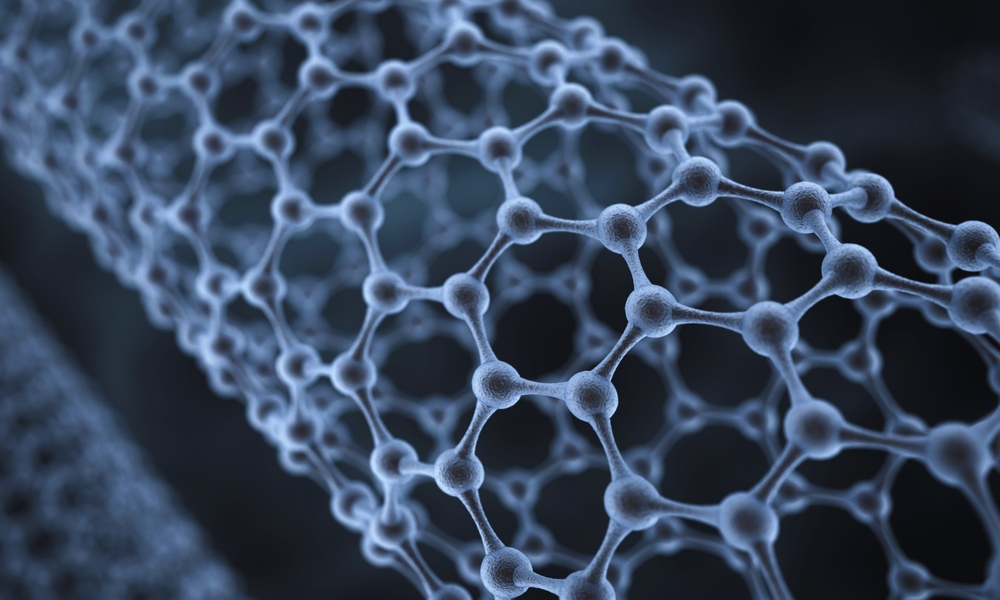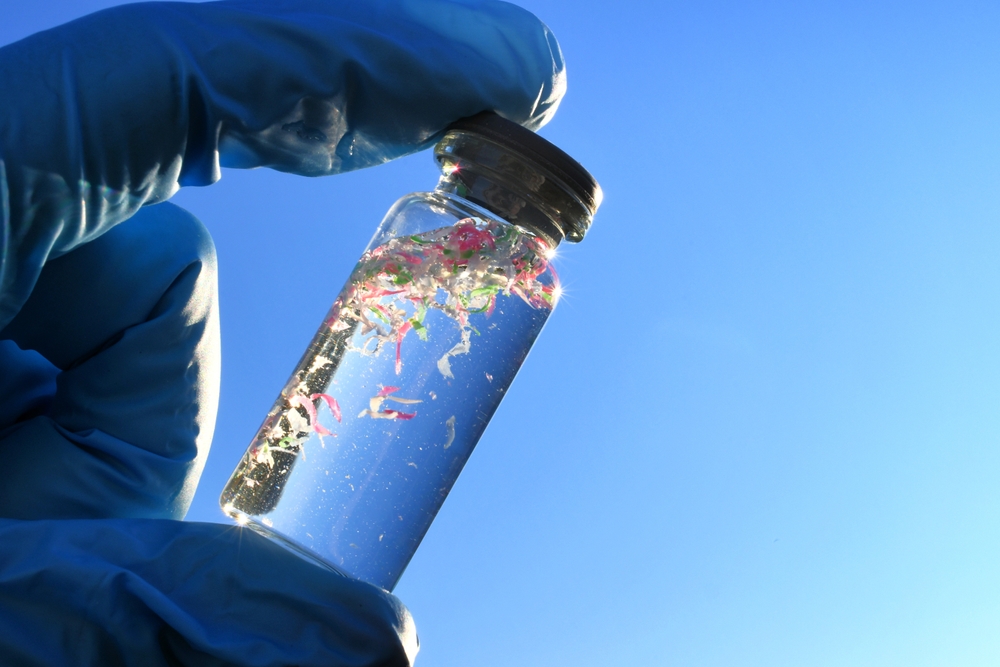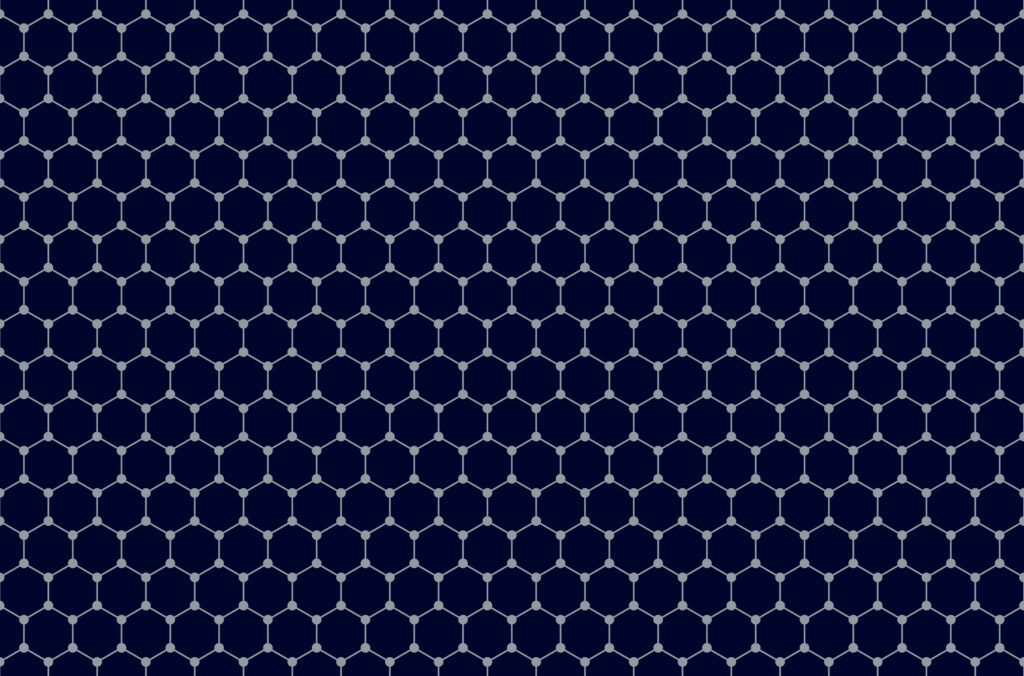Scientists Has Developed a Graphene-Based Filter That Turns Seawater Into Fresh Drinking Water Instantly

What if the answer to the world’s water crisis was hidden in the ocean itself?
Imagine standing at the edge of a vast, glimmering sea—billions of gallons stretching to the horizon—while your village, your city, your child goes thirsty. Saltwater everywhere, but not a drop to drink. It’s a cruel irony that nearly 71% of our planet is covered in water, yet over 2 billion people still lack access to clean, safe drinking water. The ocean holds abundance, but we’ve never quite cracked the code to unlock it affordably, sustainably, and at scale.
Until now.
Scientists have long dreamed of a solution that could turn seawater into fresh water instantly—no chemicals, no massive energy consumption, no billion-dollar infrastructure. That dream just became real. A team of researchers has developed a graphene-based filter so advanced, so precise, it can sieve salt at the molecular level, allowing only pure water to pass through. It’s not science fiction. It’s science finally catching up with one of humanity’s oldest prayers.
But this isn’t just about technology. This is about transformation. About turning barriers into bridges, scarcity into sufficiency. It’s about reimagining what’s possible—through a material so thin it’s nearly invisible, yet powerful enough to reshape the future of life on Earth.
How Graphene Makes the Impossible Possible
To understand the miracle, we have to start with the material. Graphene is unlike anything else on Earth. It’s a single sheet of carbon atoms, so impossibly thin it’s considered two-dimensional. But don’t let that fool you. It’s stronger than steel, lighter than paper, and nearly invisible to the eye—a paradox of power and precision. And when it comes to filtering water, graphene doesn’t just set a new standard—it rewrites the rules.
So how does this atom-thin substance make seawater drinkable?
The secret lies in how water and salt behave on a molecular level. When salt dissolves in water, its ions—like sodium and chloride—are wrapped in a shell of water molecules. These shells make the salt “bulky,” much larger than a single water molecule. That’s critical. Because the graphene oxide membranes developed by scientists at the University of Manchester are engineered with nano-sized pores that are just big enough for water molecules to pass through—but too small for the larger, shell-covered salt ions.
Water slips through. Salt gets left behind.
But the innovation didn’t stop there. Early attempts with graphene membranes ran into a big problem: swelling. When immersed in water, the membranes would expand, enlarging the pores and allowing salt to sneak through. It was a dealbreaker—until Dr. Rahul Nair and his team introduced a clever fix. They added epoxy resin walls on either side of the membrane, locking the material in place and preventing swelling. This allowed them to control the pore size with atomic precision, a level of detail that had never been achieved before in desalination science.
And here’s where it gets even more fascinating: these membranes don’t just filter—they accelerate. At the nanoscale, water molecules form hydrogen bonds, linking together like train cars. When pushed through the narrow capillaries of the membrane, these bonds create a chain reaction: push water on one end, and the entire “train” of molecules moves faster. This dramatically increases flow rates while using far less energy than traditional desalination systems.
All of this—from blocking salt to boosting flow—is possible because of the unique properties of graphene. And unlike traditional polymer-based filters used in most desalination plants, graphene oxide is cheap and scalable. It can be produced from abundant materials, even renewable sources like soybean oil, and applied like ink onto substrates. That’s not just elegant science—it’s smart engineering, aimed at solving a very real, very urgent global need.
Overcoming the Real-World Challenges

For years, scientists knew graphene had potential. Its structure and strength, its ability to conduct electricity and filter molecules—it all pointed to revolution. But one stubborn problem kept coming back: scalability. Creating pristine, single-layer graphene required complex, high-cost processes like chemical vapor deposition, which made mass production unfeasible for everyday applications like water filtration.
That’s why the development of graphene oxide membranes has been such a game-changer. Unlike pure graphene, graphene oxide can be produced through a simple oxidation process. It’s easier to work with, can be dispersed in solution like ink, and applied to various surfaces—no need for extreme conditions or expensive machinery. The result is a filtration membrane that’s not just scientifically effective, but economically realistic.
Even then, there were roadblocks. As promising as these membranes were, they still struggled with membrane swelling and biological fouling—when bacteria or organic materials accumulate and clog the system. But the fixes were both ingenious and grounded in simplicity. The epoxy resin walls developed by Dr. Nair’s team stabilized the membranes, preventing swelling and locking in pore sizes. Meanwhile, researchers in Australia—working on a version called Graph Air—discovered their graphene filter resisted fouling altogether, maintaining high performance even in the highly polluted waters of Sydney Harbor.
Another major leap came from how the material is made. The Australian CSIRO team developed a method using ambient air vapor deposition—a cleaner, cheaper, and more sustainable approach than traditional graphene production. Their secret ingredient? Soybean oil. A common, renewable resource turned into a high-tech material, capable of purifying seawater in a single pass. This method not only reduced costs, but also eliminated the need for toxic chemicals used in older production techniques.
These innovations have opened the door to scalable, affordable filtration systems that don’t rely on massive industrial infrastructure. Where traditional desalination plants require millions of dollars and intense energy input, these new graphene-based systems are lightweight, modular, and energy-efficient. In some cases, they can be powered by low-grade waste heat, making them ideal for off-grid or resource-constrained communities.
But the journey from lab to life isn’t over yet. Extended durability tests are still underway. Long-term exposure to seawater, pressure changes, and environmental stressors must be studied to ensure these filters don’t degrade quickly or lose efficiency. Still, the early results are promising. Unlike conventional membranes that degrade after a few days of use in contaminated water, Graph Air remained stable and effective for 72 hours straight, with no drop in performance.
Why This Matters Now More Than Ever

We live on a blue planet, but for billions of people, water is still a daily struggle. Oceans surround us—vast and seemingly endless—but safe drinking water remains painfully scarce. According to the United Nations, over 2 billion people lack access to safely managed drinking water, and by 2025, 14% of the global population is projected to face water scarcity. This crisis is no longer confined to remote villages—it’s beginning to touch major cities, wealthy nations, and urban centers once thought immune.
And the reasons are as complex as they are urgent.
Climate change is rewriting the map of water access. Droughts are growing more severe. Rainfall is becoming unpredictable. In many regions, freshwater supplies are shrinking while demand surges—driven by population growth, agriculture, and industrial use. At the same time, rising sea levels—ironically caused by melting freshwater ice—are contaminating aquifers with salt, rendering once-usable water undrinkable.
Nowhere is the irony more painful than in coastal regions where people live just steps away from the sea, but must walk miles to fetch water, often from unsafe sources. In some places, water is not just scarce—it’s a source of illness, conflict, and lost opportunity. Contaminated water contributes to 50% of malnutrition in children, mostly through repeated bouts of diarrheal disease. Women and girls in many countries spend hours each day collecting water, time that could otherwise be spent in school, at work, or building their futures.

This is why the graphene breakthrough matters—not just as a scientific achievement, but as a social and moral turning point.
Graphene-based filtration offers a path that’s not only more efficient, but also more equitable. Its low energy requirements and affordable production make it ideal for deployment in places that can’t afford large desalination plants or centralized water infrastructure. Instead of building billion-dollar facilities, what if we could provide families with portable, solar-powered filters that turn seawater, polluted river water, or brackish wells into clean drinking water—on demand?
The implications go far beyond hydration. Clean water unlocks health, education, gender equality, and economic growth. It’s the first domino in a long chain of development. And with materials like graphene, we now have the technology to tip that domino more easily, more sustainably, and more widely than ever before.
This isn’t just about solving a problem—it’s about reshaping the future. A future where every human has access to life’s most basic need, no matter their zip code, income level, or geography.
Graphene’s Expanding Impact

At first glance, graphene might seem like a material with a singular mission: solving the world’s water crisis. But look closer, and you’ll find that this one-atom-thick wonder isn’t just about water—it’s about redefining the possible across a wide range of industries and global challenges.
Because of its exceptional strength, flexibility, conductivity, and permeability, graphene is being explored in fields as diverse as energy, healthcare, food security, and environmental restoration. And just like its role in desalination, its power lies in doing more with less—less material, less energy, less waste.
1. Cleaning More Than Just Water
Beyond salt and toxins, graphene-based systems have shown potential in neutralizing biological contaminants. In a recent study by scientists at Russia’s National University of Science and Technology, a graphene oxide saline solution was able to trap and remove E. coli bacteria from water—potentially eliminating the need for chlorine or harsh chemical disinfectants. This opens the door to water that’s not only desalinated but also purified of harmful microbes, with fewer chemical byproducts and more safety for human consumption.
2. Fighting Pollution on Land and in Air
The same principles that allow graphene to filter water apply to air and industrial emissions. Its precise pores can separate carbon dioxide from flue gases, offering a promising tool for carbon capture—a crucial technology in the fight against climate change. Researchers are also exploring how graphene membranes can be deployed in oil spill clean-ups, absorbing oil while repelling water due to their hydrophobic properties.

3. Preserving Food and Medicine
In the food and pharmaceutical industries, graphene’s impermeability makes it ideal for creating barrier coatings that prevent oxygen, water vapor, and contaminants from spoiling sensitive products. This could lead to packaging that keeps food fresher for longer or protects vaccines and medications in hot, humid regions—where refrigeration is unreliable or nonexistent.
4. Powering the Future
Graphene is also influencing energy systems. Its conductivity and lightweight nature are being harnessed in the development of flexible electronics, faster batteries, and even solar cells. In rural areas without grid access, future water filters might not only purify water—they could be powered by the sun and embedded with sensors, creating smart devices that monitor water quality in real time.
5. Sustainable by Design
Perhaps the most powerful aspect of graphene’s impact is its potential to replace bulky, resource-heavy systems with elegant, low-footprint alternatives. The Graph Air team’s ability to create filtration membranes using renewable soybean oil exemplifies this sustainable ethos. It’s not just about making high-tech solutions—it’s about making them accessible, eco-friendly, and scalable for the people and places that need them most.
Graphene isn’t just solving one problem. It’s creating a new paradigm—where precision materials meet urgent human needs, where the invisible becomes transformative, and where innovation doesn’t live in isolation, but radiates outward.
What This Teaches Us About Progress, Purpose, and Possibility
There’s something deeply poetic about using a material so impossibly thin, so nearly invisible, to solve a crisis that has weighed on humanity for centuries. It reminds us that the solutions we need don’t always roar in with grandeur—they often whisper through innovation, precision, and purpose.
Graphene’s journey from lab bench to life-saving filter is more than just a scientific success story. It’s a mirror to our collective potential. It shows what can happen when curiosity meets compassion, when brilliant minds don’t stop at discovery, but press on toward impact. It’s proof that the impossible is often just waiting for us to look closer, to go smaller, to think deeper.
This technology doesn’t just clean water—it cleans our lens on what progress can mean. It challenges us to stop accepting scarcity as destiny. It dares us to believe that brilliance shouldn’t be a luxury of the wealthy or a privilege of the powerful—but a birthright shared by all.
Because at its core, this isn’t about atoms or membranes. It’s about access. It’s about dignity. It’s about a child in a village drinking safe water for the first time, not from a million-dollar facility, but from a simple device powered by sunlight and human ingenuity.
The world doesn’t lack solutions. It lacks the will to bring them where they’re needed most.
So let this be a call—not just to marvel at the science, but to ask where else we’ve accepted limits that no longer serve us. What other problems have we declared “too big,” simply because we haven’t imagined a small enough solution?
Graphene turned seawater into drinking water.
Loading...

